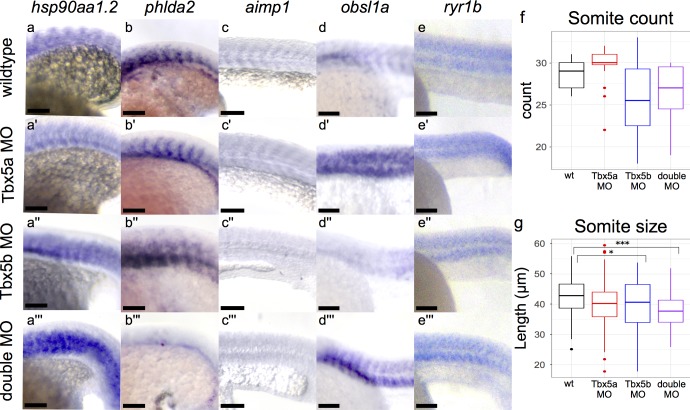Fig 4. Effects of Tbx5 Paralogues on the Somites.
All views are lateral, see text for details. hsp90aa1.2 expression at 18 somite stage is expanded in Tbx5b-deficient (a”) and double-deficient (a”’) embryos compared to wildtype (a). phlda2 expression at 18 hpf is consistent in the somites in wildtype (b), Tbx5a-deficient (b’) and Tbx5b-deficient (b”) embryos, but mostly absent in double-deficient embryos(b”’). Expression of aimp1 at the 21 hpf stage is decreased in Tbx5a-deficient (c’), Tbx5b-deficient (c”) and double-deficient (c”’) embryos compared to wildtype embryos (c). In 21 hpf embryos, obsl1a expression is increased in the somites of Tbx5a-deficient (d’) and double-deficient (d”’) embryos compared to wildtype (d) embryos. Tbx5b-deficient embryos show a decrease in expression in the trunk somites (d”) but an increase in the more posterior somites (S4F” Fig) compared to wildtype embryos. Expression of ryr1b is increased slightly in the Tbx5a-deficient (e’) embryos compared to wildtype embryos (e) and most strongly in the double-deficient embryos especially in the ventral somites(e”’). Expression of ryr1b in the Tbx5b-deficient embryos (e”’) is more similar to wildtype than to Tbx5a-deficient embryos. Scale bar is 100 μm. (f) Somite count of embryos at 25 hpf. Tbx5a-deficient (n = 16), Tbx5b-deficient (n = 12), and double-deficient (n = 15) showed no significant difference in somite count compared to wildtype (n = 15). (g) Somite length measured along the AP axis of wt (n = 104), Tbx5a-deficient (n = 110), Tbx5b-deficient (n = 66) and double-deficient (n = 96). Both Tbx5b-deficient and double-deficient embryos showed a significant decrease in somite size compared to wt embryos. (g-f) significance was tested using ANOVA and Tukey HSD test, *p<0.05, ***p<0.0001.

